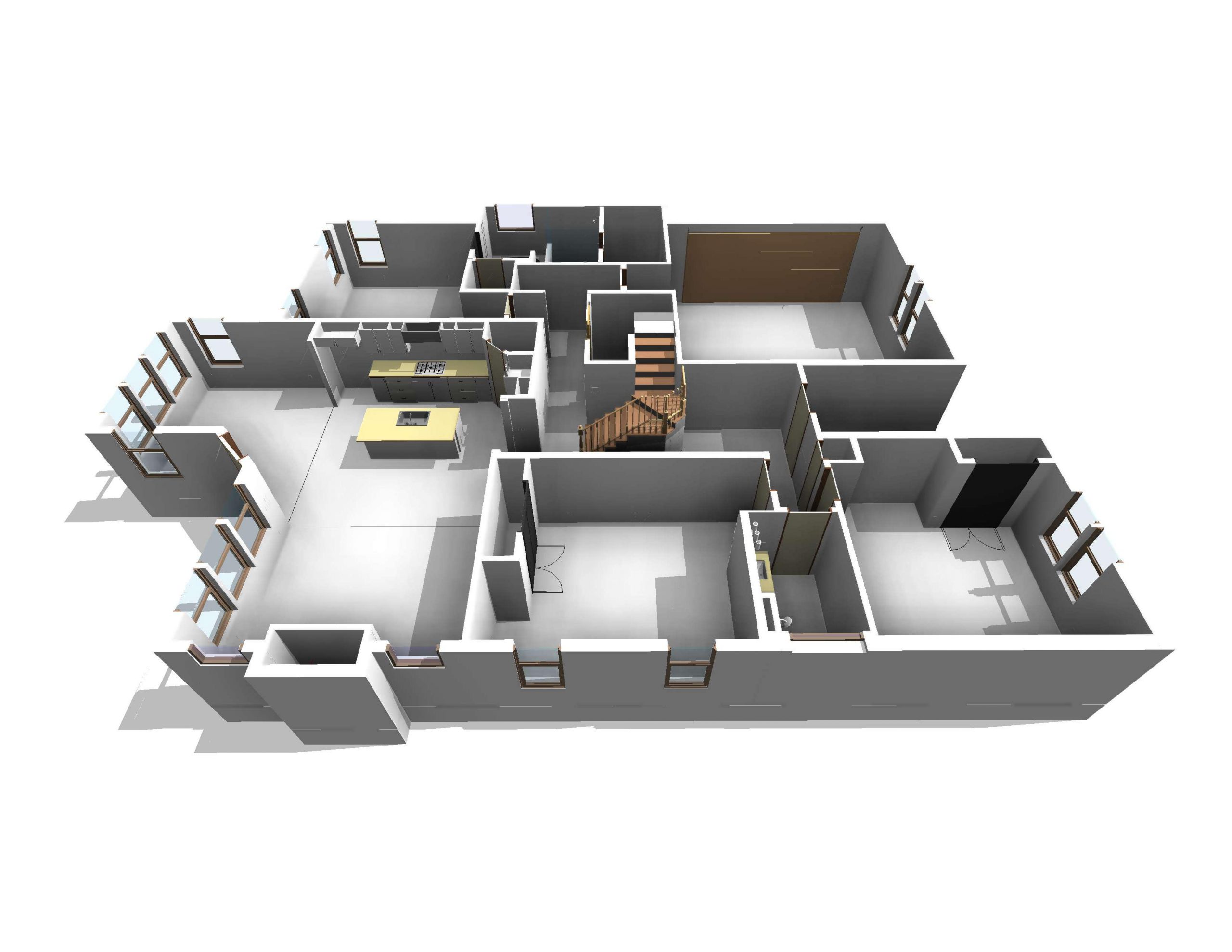In recent years, BIM technology has taken the AEC industry by storm — and no wonder. Compared with traditional paper-based methodologies, BIM offers unprecedented benefits in terms of increased productivity and reduced costs throughout the project lifecycle.
But, how does BIM save us time and money?
1. How BIM Improves Transparency & Collaboration
With BIM, you can easily collaborate and maintain transparency between the project team and stakeholders throughout the project by creating virtual models of identical and consistent information. This leads to lower revisions or say revisions early in the design. So, it saves time and costs, rather than loss and waste in later stages of construction.
2. Cost reduction
BIM technology makes it possible to visualize the entire project before construction begins. 3D visualization and space-use simulations allow both AEC professionals and their customers to explore different alternatives and agree on a common vision early on. That minimizes the chance of having to make costly and time-consuming changes while construction is underway.
BIM can also be used for model-based or 5D BIM cost estimation. Tools are available to automate the cost estimation process right from the planning stage, saving both time and money. Architects can now calculate future costs with much greater accuracy. These include anything from the cost of materials and prefabricated or modular elements to labor and shipping costs and more.
Furthermore, BIM software can help companies optimize their costs by comparing the cost effectiveness of different materials, recommending the best time to purchase materials at low market prices, and weigh prefabricated costs against on-site construction costs.
3. Better Conflict Detection
It can also detect internal or external clashes before the first shovel hits the ground. Automatic conflict detection reduces or completely eliminates the need for future rework, last-minute changes, and unforeseen MEP issues.
4. Higher building quality
BIM tools and cloud technology allow designers, architects, engineers and builders to collaborate closely during all phases of a project. That allows much tighter control over design implementation and engineering decision-making during the construction phase.
3D modeling also makes it possible to flag and address structural defects before a building even begins, as well as test and compare alternative construction methods. Then, during the build phase, the actual imaging technology can help improve accuracy and optimize the process further. All of that leads to improved building quality.
5. How BIM increases sustainability
There is a real trend in our industry right now that is sustainable and it is no surprise that the latest technology available is helping to make our projects more efficient and environmentally friendly.
Besides the obvious environmental benefits of your projects of not consuming too much time and materials, BIM can help you design your models in a way that optimizes them to minimize the impact. impact on the environment.
BIM also helps you visualize your projects in their surroundings to see how it will fit in its place and what impact that will have. Having this information before a project begins can be a key benefit in the planning process by making changes before it’s too late.
Now you know the key efficiency factors of BIM and how it can save your projects time, money and headaches. If you’d like to learn more about how Home3ds can help make your projects more efficient, contact us today.

